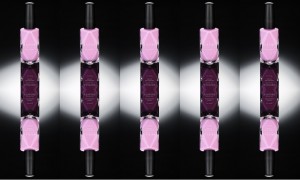Consumption of alcohol is so widespread in history that some even call it the “universal language”. And indeed it is difficult to choose culture or event in history in which there was no question of alcohol (or lack thereof).
In alcoholic beverages actually just talking about chemistry and psychology. When yeast consume carbohydrates in cereals, vegetables and fruits, they produce liquid called ethanol (ethyl alcohol). When it is swallowed by a person, becomes a chemical called acetaldehyde, and then is degraded to carbon dioxide and water. Although ethyl alcohol is toxic in large doses, moderate amounts relaxes muscles and stimulate the brain, which holdbacks fall.
This explanation is too simple for what people produce and consume since the dawn of civilization. The ancient Sumerians, who lived 4500 years ago, even worshiped the goddess Ninkasi who protects production and sale of beer. We’ve all heard about Dionysus, the Thracian god of wine, viticulture and joy.
It turns out that there is much to learn about alcohol. That is why we will offer you these 10 remarkable facts.
10. The wine was invented before the wheel
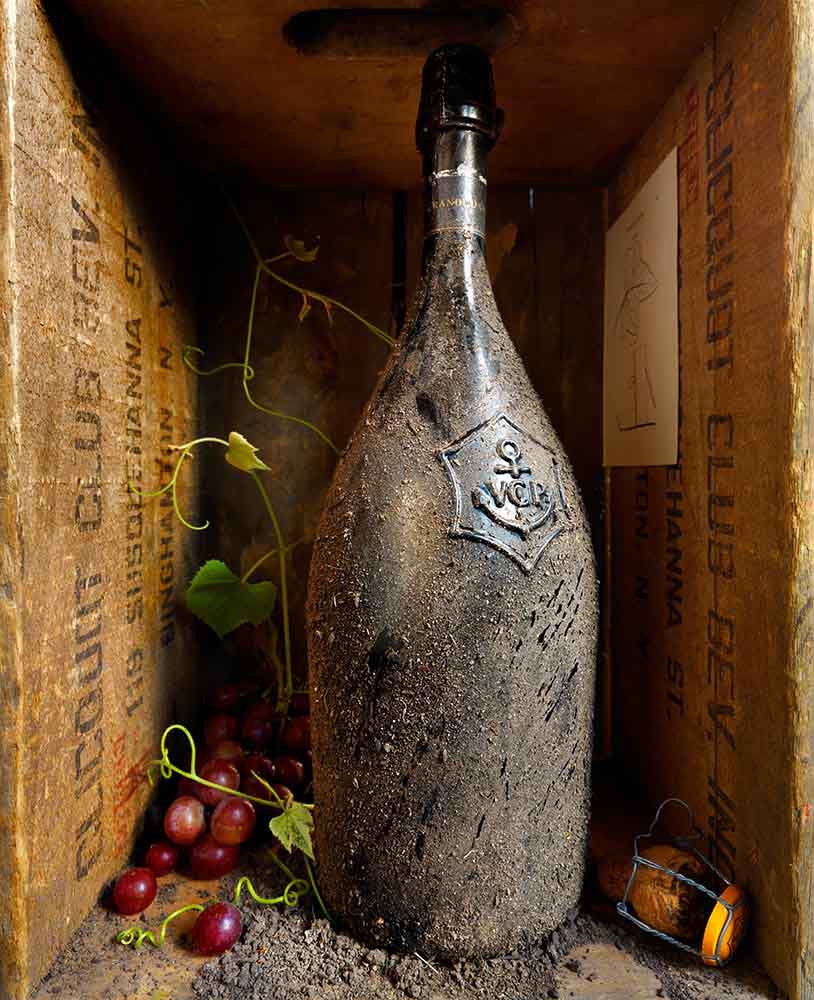
It is not clear exactly when our ancient ancestors began to pour alcohol, but probably have found the effects of alcohol when they ate fermented fruit of the land. People so much liked the intoxicating feeling that when started dealing with agriculture and live in healthy communities, decided themselves to try to get this result.
Chemist and archaeologist Patrick McGovern analyzed pieces of pottery found in the Chinese village of 9,000 years and found in them traces of mead – wine produced from copper. Ancient drink had about 10% alcohol.
For comparison, the potter’s wheel was invented in Mesopotamia 3500 years later, and chariots appeared three centuries thereafter. At least we know that at that time people were not worried that after a few drinks you will have to look for a sober driver.
9. There is beer produced by Antarctic ice

If you’re a fan of beer, you must be familiar with the different brands that are made with mountain spring water or some other exotic ingredients.
In 2010, however, the specialists from the Australian Nail Brewing Company have found a way to outdo everyone else. They have created a limited edition beer with water from melted Antarctic ice. That ice has been delivered by the activist group Sea Shepherd Conservation Society, which is campaigning against whaling in the Southern Ocean.
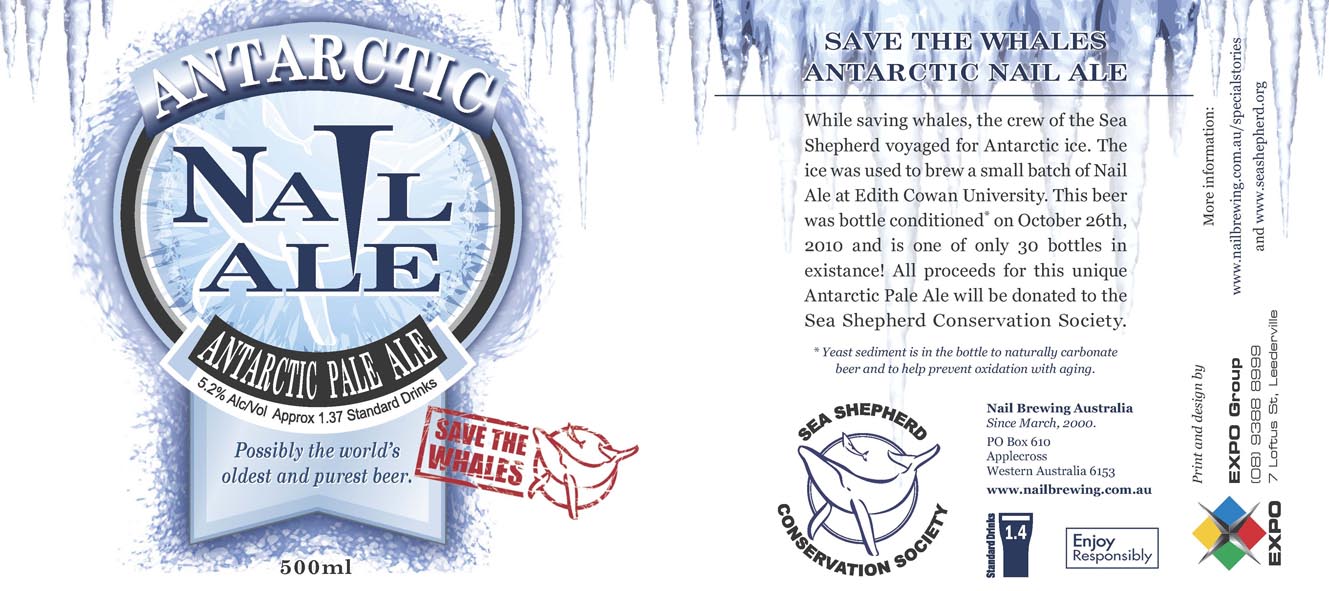
Of course, there was no way to buy a special beer Antarctic Nail Ale from the store. It was sold out at a price 1850 Australian dollars per bottle, and the proceeds from sales are donated to the activist group.
8. Tequila can only be from Mexico
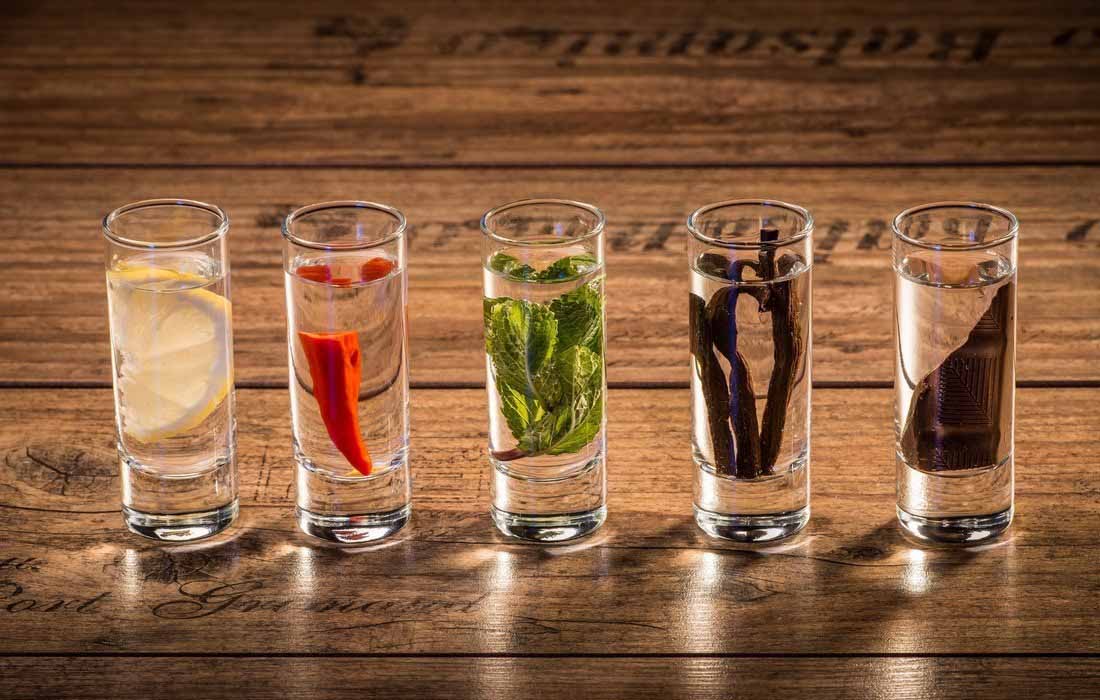
According to Mexican law (which the US respects), the famous drink must contain at least 51% liquor distilled from sweet nectar of the blue agave. Desert plant grows mainly in Jalisco, although four Mexican states to legally produce tequila. Its name even comes from Tequila Indians inhabiting Jalisco.
When South Africans started to produce its own version of tequila decade ago using like agave plant, Mexicans never liked the idea. Mexican diplomats used international trade agreements, to prohibit South African companies to call their product tequila. Instead, they should advertise it as “agave”.
7. Wine does NOT always get better with age
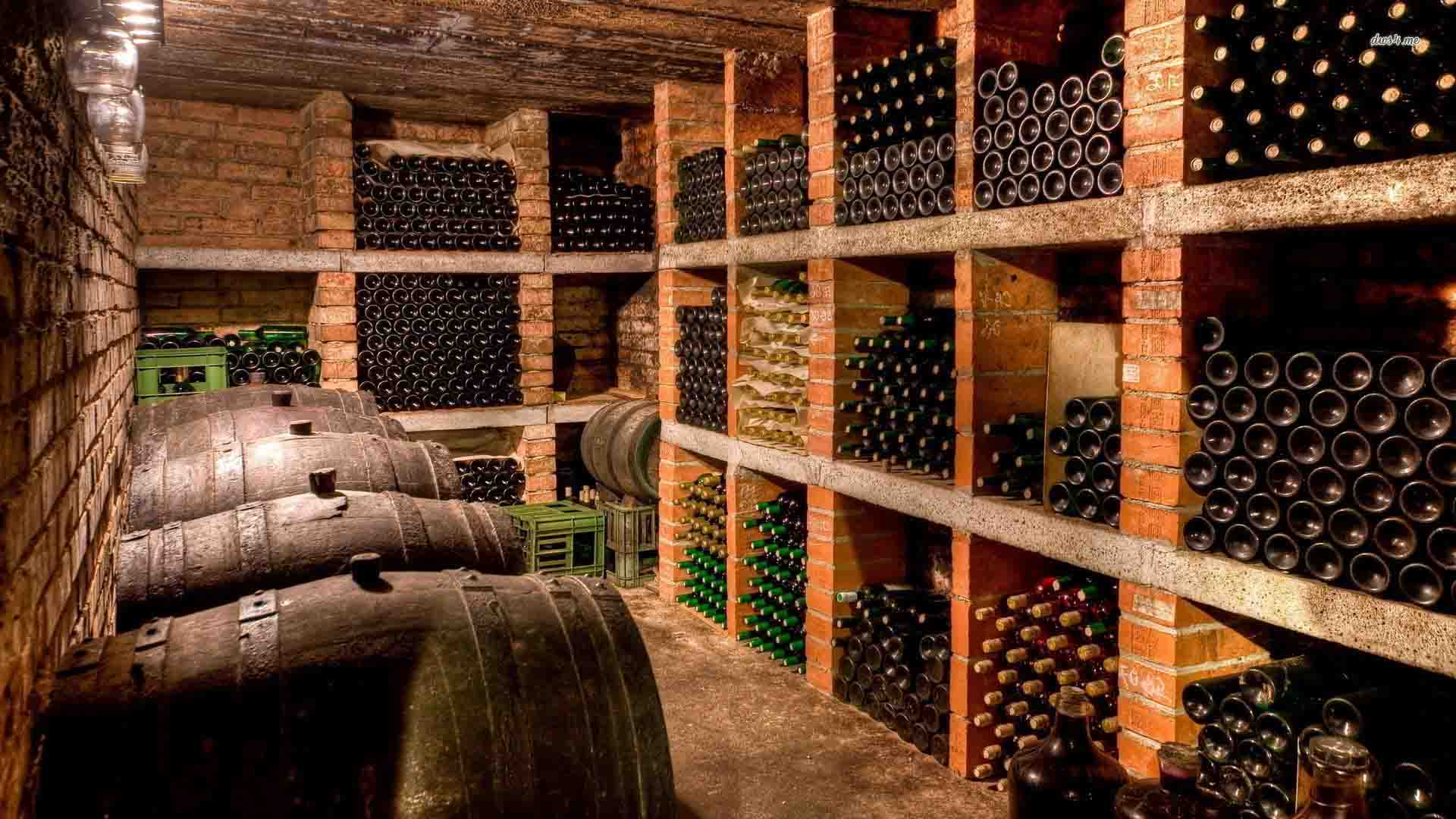
If you are not sommeliers (wine expert) can easily be mislead by tales of old wines and believe that the older a wine is, the more the better.
This is not true. Most important things for a wine are determined depending on which year exactly is produced – what was then the climate and how it influenced the grapes at harvest.
With regard to age, it is often a disadvantage rather than an advantage. Most wines – especially white – lose their taste qualities and become more acidic over time. Only certain red wines and several kinds of champagne improve in quality over the years, but even with them it is a matter of personal taste.
Leaving aside exceptions, usually wine should be consumed within one to two years after being bottled.
6. The US government has poured poison in alcohol
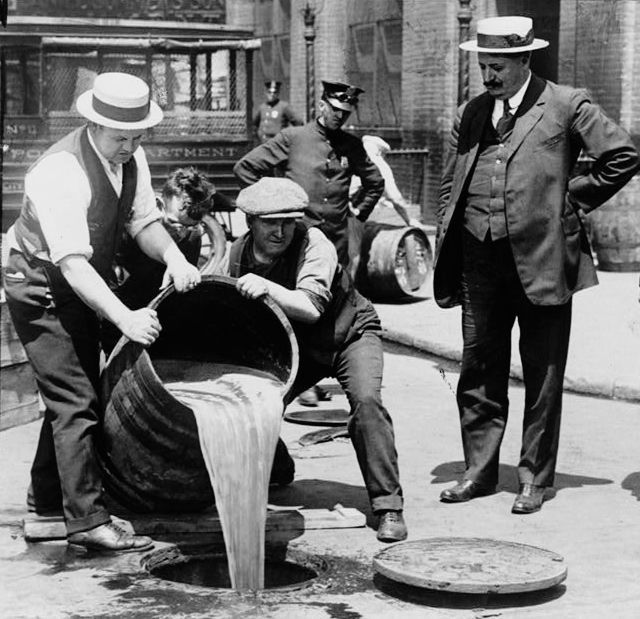
During Prohibition in the 20s, the US government tried to ban the sale of alcohol, but not very successfully. Towards the middle of the decade most Americans continued to drink alcohol, even illegal. Then authorities decided to resort to rather extreme – and deadly – measures.
With the knowledge that millions of gallons of industrial alcohol was stealing from smugglers for the production of booze, in 1926 the authorities ordered the companies to add poison (formaldehyde, chloroform and methyl alcohol) in their products.
Consumers of illegal alcohol started dying like flies. Mortality was so high that the chief medical investigator of the New York public scheme revealed at a news conference. “The US government should take moral responsibility for the deaths caused by poisonous alcohol, although it can not be held responsible before the law.” – He said.
But the effect was zero. First year 400 people were thrown down by poisonous alcohol in New York, and the second year mortality increased to 700. The government continued to alcohol poisoning until the end of Prohibition in 1933.
5. Abstinence is more dangerous to health than drinking

For decades, we hear how dangerous alcohol and how it make your liver looks like Swiss cheese and cause any other horrors of the body. But when scientists are serious about studying mortality in drinkers and abstainers, they made a shocking discovery. For unclear reasons, abstinence from alcohol actually increases the risk of death.
In 2010, psychologist Charles Holahan University of Texas at Austin published a study in which he described how for 20 years, 69% of respondents abstainers died. When consuming alcohol seriously, mortality was 60%. The group with the longest lifespan of all 1824 participants consisted of people who consume alcohol moderately. Only 41% of them had died in the same period.
Some may say that abstainers were former alcoholics, but Holahan and his colleagues have taken this into account, together with the health problems and other factors.
4. Dietary thinners get you drunk faster
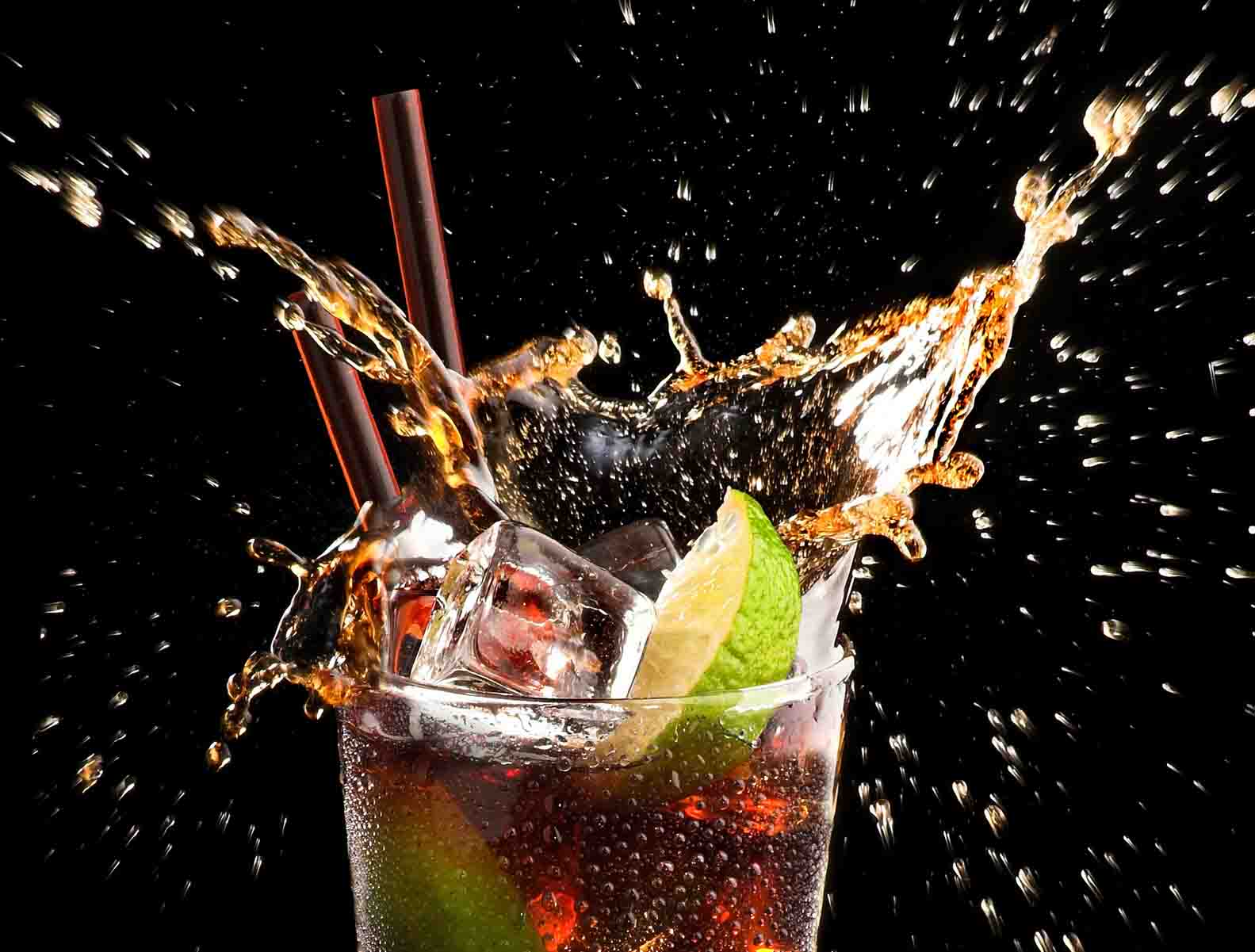
People who are worried about the calories in booze, sometimes decide to use Diet Coke or other soft Diluent. This leads to unexpected consequences.
Scientists from the University of Kentucky found that people who often diluted with soft drinks with artificial sweeteners give more changes in their PPM blood tests. The reason is that when other diluents sugar slows the absorption of alcohol in the blood.
3. The whiskey was initially colorless

Part of the charm of whiskey is its rich amber color, reminding us that we drink something that is aged years.
You might be surprised to learn that this color is actually a supplement. Ethyl alcohol is a clear, colorless liquid, such as most whiskeys. After distillation, the liquid is transferred to age in oak barrels that were air-dried for 9 months and then were burned inside, to create a thin “red layer” rich in caramelized sugar and tannin. These chemicals, when absorbed the whiskey, changing its taste and give it an amber color.
2. Americans drank more alcohol than water

Early American settlers would be shocked by today’s alcohol consumption in the country – because it is much smaller than it was in their day. In the 17th and 18th century, many Americans see the alcohol not only as a pleasant entertainment, but also as a miraculous medicine that can cure many diseases and giving life to aged creatures. As a result, they often began the day with a drink and continued to pour until the evening, when ended with a few drinks in the tavern.
In 1790, according to government data, the average American consumed a beer or cider 129 liter, 19 liter whiskey or other distilled spirits, wine 4 liter.
In 2010, these statistics look like this: 80 liter beer, whiskey 6 liter, 8 liter wine.
Another reason for the high consumption of alcohol at the time, is that the water often was not drinkable. While this was more a European problem, the first settlers decided not to risk and continued to prefer beer and wine to water.
1. White wine can be obtained from red grapes
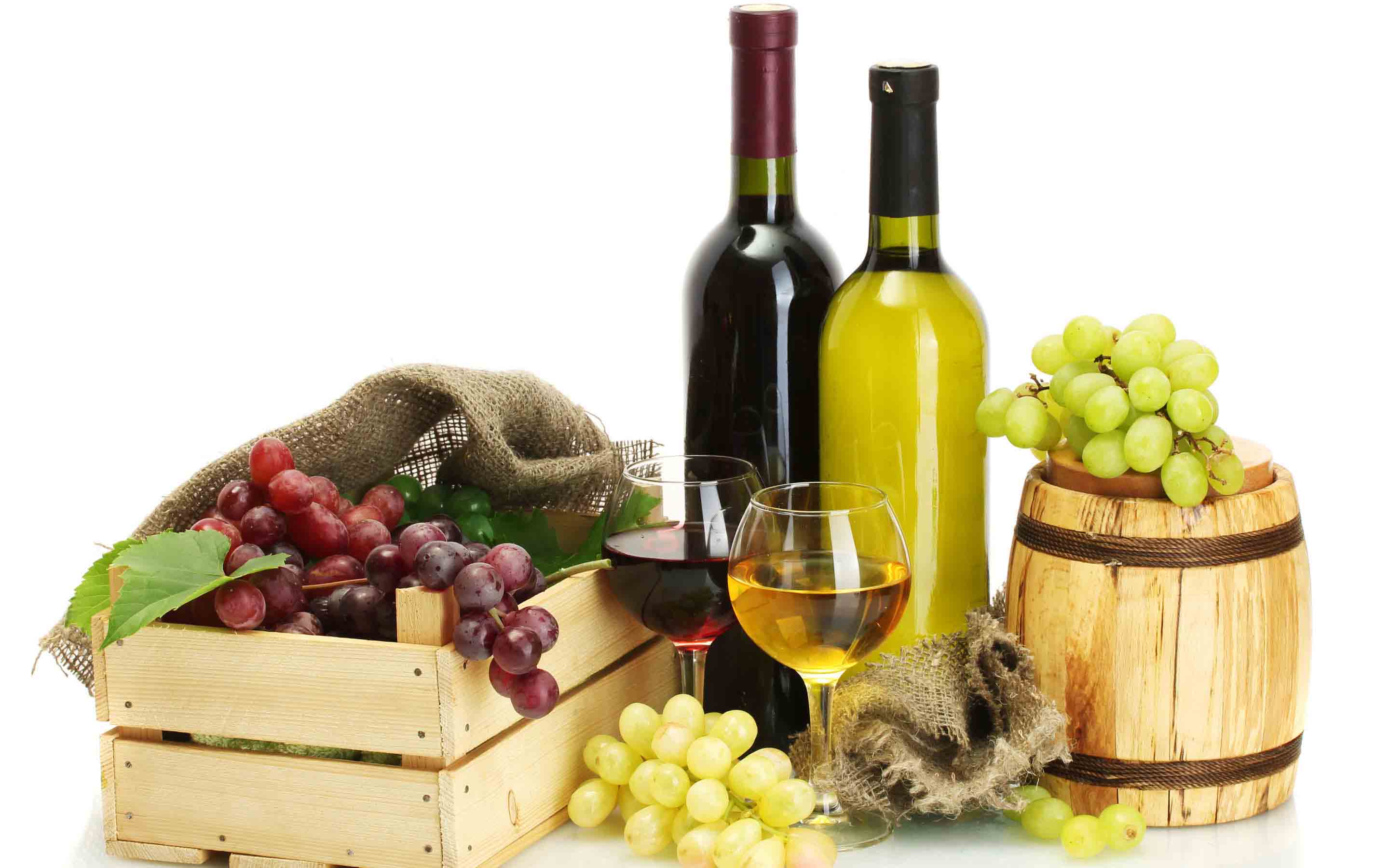
Character of Paul Giamatti in “Sideways” emphasized much on this, but for those of us that good wine is simply that with a cork, not cap this may be surprising. White wine can be made from red grapes. As champagne is made from grapes of Pinot Noir and Pinot Meunier (both red) and white Chardonnay, the three grape varieties are usually mixed.
Grape juice is clear and transparent. Red grapes any color because the peel contains his red pigment. If the juice is squeezed from it and quickly separated from the peel, it remains clear. In the production of red wine winemakers leave the peels of red grapes to soak in the juice during fermentation.



